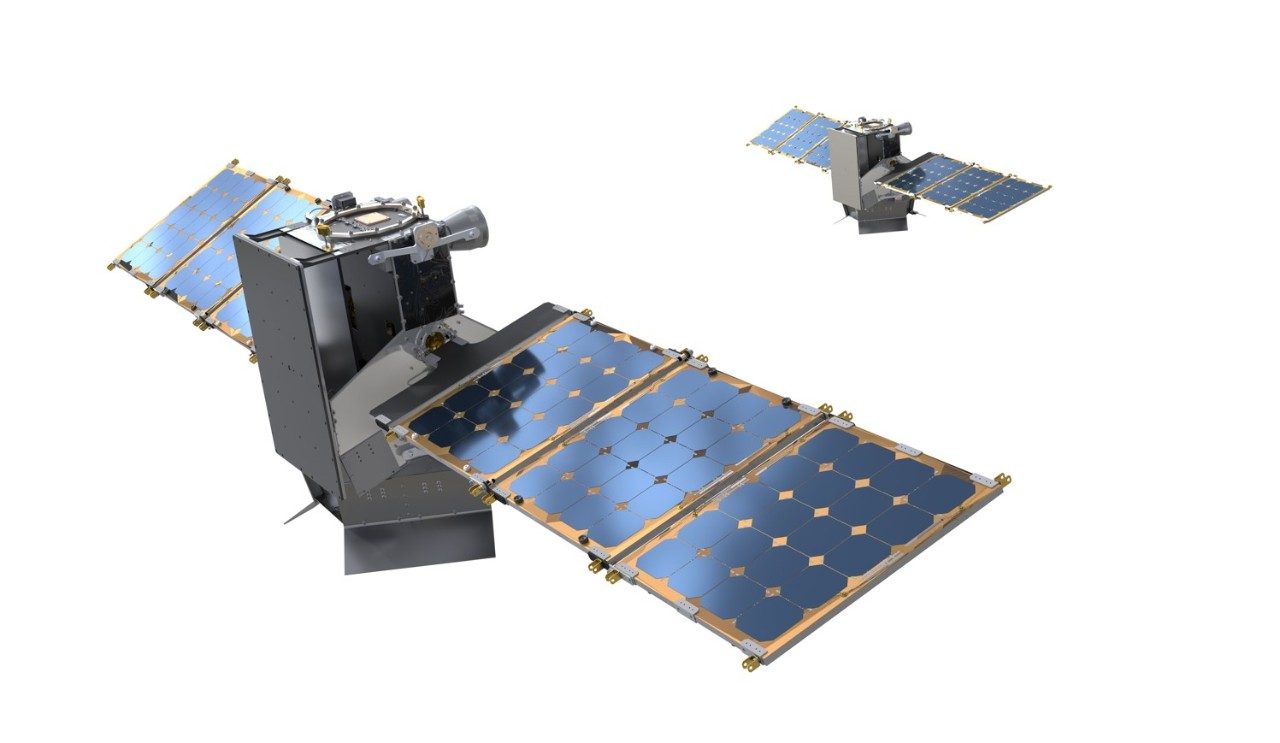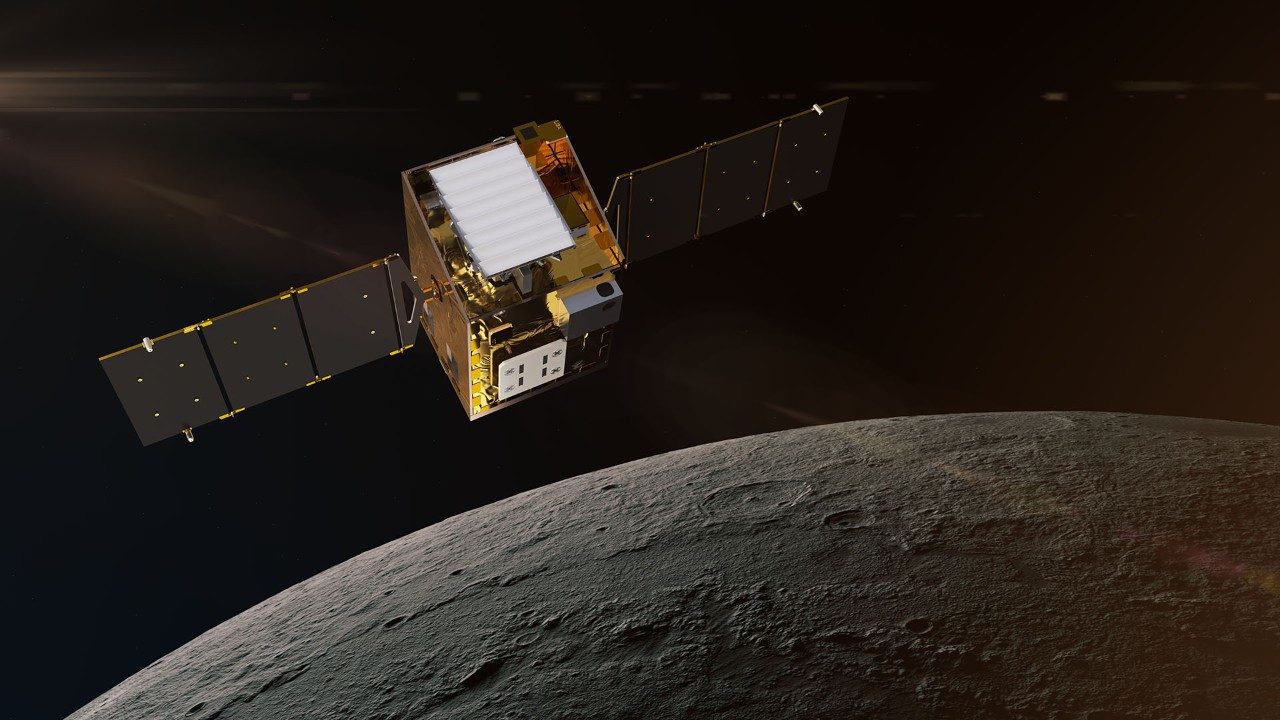The commercial small spacecraft industry is revolutionizing and enabling our approach to developing a diverse portfolio of agile SmallSat missions. Lockheed Martin is taking advantage of these maturing technologies to enable smaller, lower cost spacecraft mission designs for planetary, astronomy, heliophysics and earth science missions, as well as lunar communication and navigation and low-cost demonstrations.
Lockheed Martin developed a novel and scalable deep space SmallSat spacecraft architecture to get the job done. Debuting on NASA’s Janus and Lunar Trailblazer missions in the not-so-distant future, the SmallSat platform now has an official name: Curio.
“Our team of engineers chose the name Curio because it means small, interesting object,” said Joseph Shoer, spacecraft architect for Lockheed Martin’s SmallSat missions. “Our mission design expertise enables these small spacecraft to return thought-provoking science for our Principal Investigators and Customers.”
Enabled by the Curio architecture, both Janus and Lunar Trailblazer will allow the deep space exploration community to investigate specific scientific questions.
“Lockheed Martin builds many large-scale space missions, but these small spacecraft show we’ve got the chops to develop these smaller missions, too,” remarked Shoer. “We are using our rich exploration expertise to develop entire missions for significantly less cost than traditional Discovery class missions.”

On the Janus mission, everything comes in twos. The mission consists of two spacecraft with two cameras each, and they will be traveling to two different destinations. The Janus spacecraft will each fly by a different binary asteroid system located between Earth and Mars. The spacecraft will image the primary and secondary bodies with a visible and an IR camera.
Lunar Trailblazer’s goal is to seek out water on the moon. The SmallSat will orbit the moon for approximately a year, mapping the form, abundance and distribution of water.

“Janus is about the size of a suitcase, and Lunar Trailblazer is approximately the size of a mini-fridge,” explained Shoer. “Though they are small, Lockheed Martin built them to do things that have not been done before. We have a great track record that we can rely on, and we are learning how we can do important science with smaller spacecraft.”
Beyond these initial missions, the Lockheed Martin team will continue to use the innovative Curio architecture to enable low cost missions for our partners and to provide easier access to space.




